by Jon Latimer
War had been raging for 10 days, and Wehrmacht columns were pouring through Poland in a ceaseless torrent. Thousands of civilians and Polish troops were fleeing the enemy as fast as they could go. At Demblin, a railway bridge that was crucial to the Germans’ continued success, remained intact.
One Polish group, however, maintained a spirit of martial discipline; immaculately turned out, marching proudly while singing a Polish Army song, they arrived at the bridge surrounded by panic stricken refugees. Quickly, the noncom in charge found the commander of the pioneers entrusted with the demolition. The latter was not expecting relief and tried to phone through to his superior, only to find that enemy action had cut the line. Suddenly, a dive bombing Ju-87 Stuka raid sent everyone scurrying for cover.
The kind offer to take over the responsibility for the bridge was hastily and gratefully accepted, and quickly the guard left. When Germans appeared some five hours later, the new demolition guard provoked a panic that cleared the bridge, then, having handed over control to the advancing panzers, they were left with nothing more to do than to change back into their own German uniforms.
Thus ended one of the first instances of the use of special forces by Germany in World War II. The “demolition guard” were all men specially selected from Upper Silesia and were, if anything, more fluent in Polish than in German. Operating behind enemy lines requires guile and a spirit of subterfuge that can only come from first-class training and an unorthodox mind.
From the earliest days of the war, the German high command understood this, and deceit and infiltration were put to good use. The essence of blitzkrieg is the dislocation and disruption of an enemy’s defensive position rather than the piecemeal destruction of his forces. If the speed of advance was to be maintained, then columns of armor and motorized infantry required control of vital road and rail junctions, tunnels, and above all, bridges. The use of parachutists could not guarantee these objectives. Consequently, by 1939, a number of special organizations were already in existence.
Foremost among them was a group formed by the German intelligence and counter-intelligence service, the Abwehr. Expanding rapidly from January 1935, the Abwehr was controlled by Admiral Wilhelm Canaris, a refined and intelligent officer with experience dating from World War I and an aptitude for languages. By 1939, the Abwehr consisted of three sections. Abwehr I was responsible for espionage and intelligence gathering, Abwehr II for sabotage and special units, and Abwehr III for counter-intelligence, although they were in competition with the security service of the SS, the Sicherheitsdienst (SD) commanded by the infamous Reinhard Heydrich.
Within Abwehr II, the first commander of special forces was a man who had paid careful attention to the successful use of commandos in Germany’s African colonies during World War I, and who had studied the writings of T.E. Lawrence (Lawrence of Arabia). Captain Theodor von Hippel set about recruiting a small force of German fighting men from the border regions such as the Sudetenland of Czechoslovakia or the Silesian districts of Poland. He also looked for Germans who had lived abroad, in Africa or South America; Anybody, in fact, who had knowledge of the language and customs of potential enemies. He also looked for the specific personal qualities necessary to make a special forces soldier—self-reliance, imagination, and a spirit of unorthodoxy not normally associated with a good regular.
Every man had to be a volunteer because only a volunteer had the commitment to face almost certain execution, which was very likely if captured while taking part in a covert operation. In 1939, Hippel’s men formed a single unit known as the No. 1 Construction Training Company, whose soldiers were mostly fluent in Polish, and whose success in the initial campaign of the war was to guarantee them further employment.
Just to the east of the border in southwest Poland lay the vital railway junction of Katowice. Before the invasion had even begun, 80 men infiltrated Poland. They disguised themselves as Polish railway workers to avoid drawing attention from Polish troops and to enable ease of movement around the rail network. Immediately after the start of the invasion, they pulled out concealed weapons and set upon the astounded Poles. So thorough was the deception that one group even persuaded a body of Polish troops to board a train which they then drove into a rail siding far from the action.
The operation was completely successful, and German forces began to operate from Katowice Junction. The facility was undamaged, and all its rolling stock in perfect working order at a time when the German Army relied heavily on the railway system.
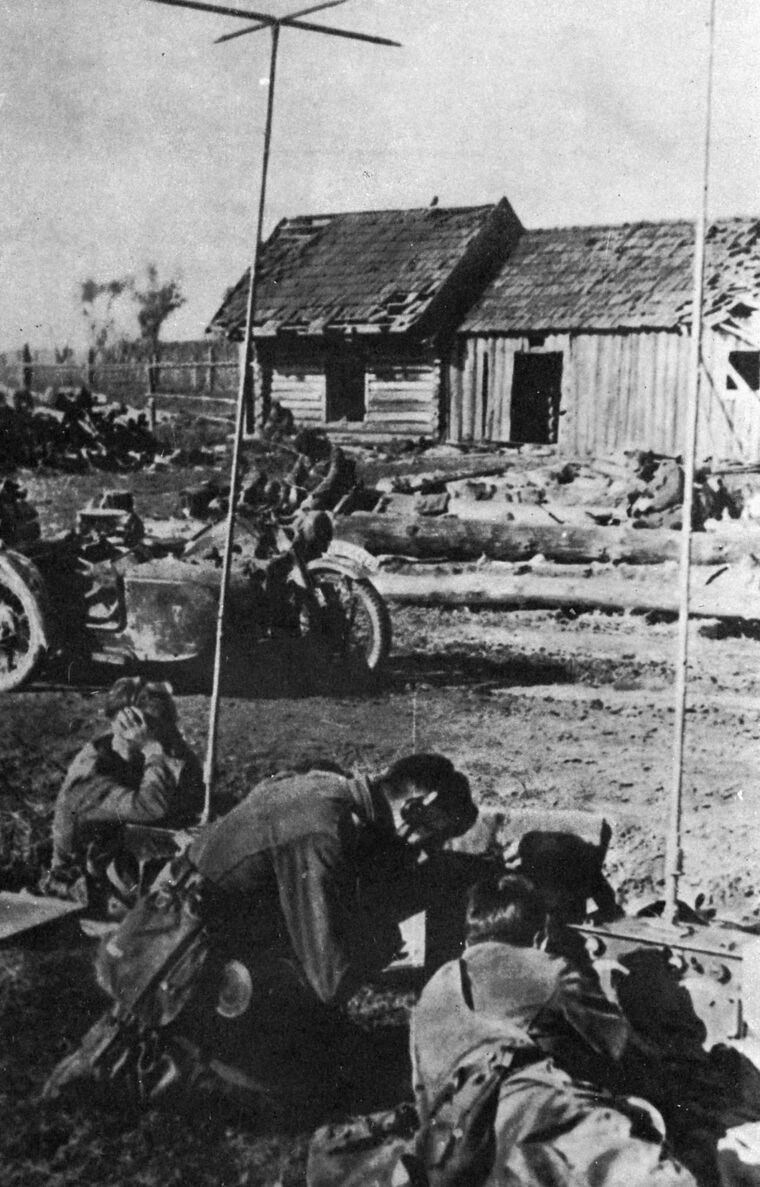
The Brandenburg Commandos Were Quickly Expanded to Battalion Strength and Subjected to Rigorous Training in Commando and Parachute Techniques.
Unfortunately, not all the operations in the invasion of Poland went quite this smoothly, and other units failed to prevent the destruction of bridges over the River Vistula at Dirschau and Graudenz. A total disaster almost befell another group sent to capture the Jablunka Tunnel where the soldiers failed to receive an order delaying the operation and opened fire some hours before the invasion was actually due to commence. The Poles retaliated fiercely, and the Germans were pursued across country with the two sides still nominally at peace. To maintain the air of respectability, the German government was forced to issue a denial and placed the blame on Slovakian terrorists.
These failures notwithstanding, the German high command was very impressed with the results of these operations and agreed to expand and develop the concept. The various groups involved were duly brought together at Brandenburg-Am-Havel at the end of the year and given the formal status of Baulehr-Kompanie zbV 800 (800th Construction Training Company For Special Purposes) on October 25. Taking the name of the town just west of Berlin where they were based, the Brandenburg Commandos were quickly expanded to battalion strength and subjected to rigorous training in commando and parachute techniques. Their organization and training were further cemented in April 1940, when they took part in the invasion of Norway and Denmark. They were also to play an important role during the invasion of the Low Countries.
The Germans could not afford to get bogged down in Holland and needed a speedy capitulation in order to proceed with the defeat of France. To this end, the Brandenburgers were ideally suited, and on the night of May 9, 1940, they crossed the border. Once more, a railway bridge was a principal target, this time just inside the Dutch border at Gennap in the path of 9th Panzer Division, the only armored formation involved in the invasion of the Netherlands.
The seizure of the bridge was vital, and a particularly subtle deception was planned. A group of seven German prisoners escorted by two Dutch guards arrived at the bridge 10 minutes before the planned attack when, after receiving a signal, they attacked the guard post. Firing broke out, and three of the Brandenburgers were wounded. The mission, however, still had to be carried out, including the capture of the post at the far end of the bridge. With their Dutch accomplices, the commandos advanced upon it.
The guards simply did not know how to react, so swift and complete had been the surprise. A grenade produced the desired effect, and the commandos took control of the detonator which might have blown the bridge just as the first tanks appeared. Unfortunately for the commander, he was mistaken for a Dutchman by the lead vehicle and cut down by machine-gun fire, although he survived to receive the Iron Cross later. Further displays of bluff and ferocious aggression resulted in the capture of other vital bridges at Roermond and Stavelot.
With the Netherlands quickly overrun by aerial and panzer assault, the commandos had another chance to reinforce their Polish success by preventing the opening of the sluice gates at Nieuport. During World War I, the Belgians had successfully flooded the Yser plain and impeded German progress. It was imperative that this setback not be repeated. The pump houses controlling the waters were located south of the river alongside the Oostende-Nieuport road.
On May 27, German forces were close to Oostende and Belgium was close to capitulation. Wearing Belgian infantry uniforms, 13 commandos infiltrated a chaotic mass of people in a captured Belgian Army bus. They fought their way through the morass of humanity until they arrived at the bridge around sunset. British troops holding the bridge ready for demolition opened fire, and the Germans quickly took cover and changed into German uniforms.
With darkness to protect them, a pair of commandos crawled across the bridge, cutting the explosive charges as they went while machine-gun fire rattled overhead. On reaching the far side, the two opened fire, and their comrades charged the bridge using sub-machine guns and hand grenades to neutralize the defenders, whom they now isolated and mopped up. Both the bridge and the pump houses were captured intact.
The Brandenburgers had proved a huge success, and during the summer of 1940, they prepared to make a significant contribution to the impending invasion of the United Kingdom. When this operation failed to materialize, they moved to Quenzsee for a period of intensive training and expansion to regimental strength. New recruits learned all the skills associated with special forces, but with a particular emphasis on deception techniques. Recruits were regularly paraded in foreign uniforms, and every effort was made to develop camaraderie within their small, tight knit groups.
Soldiers would greet their officers with a handshake rather than a salute, and discipline was promoted on the basis of trust rather than obedience. Initiative was also encouraged from the beginning of a recruit’s career in the regiment, with exercises such as one group being ordered to obtain the fingerprints of the local chief of police without his knowledge. Later in the program, they would be ordered to capture 10 Wehrmacht soldiers within five hours and bring them to Quenzsee. This apparently relaxed and aberrant attitude to military life won them few friends. After making a contribution to the swift occupation of the Balkans, and with a strength of three battalions and a number of independent companies, their unconventional methods would pay huge dividends in the forthcoming and toughest assignment of all—Operation Barbarossa, the invasion of the Soviet Union. Although the operation would not formally begin until the early morning of June 22, 1941, many Brandenburgers were infiltrated into enemy territory the day before in what was by now the customary fashion. They wore Soviet coats over their field grey uniforms and drove trucks captured from the Soviets by the Finns during their war in the previous year. Despite each detachment being led by a commando who spoke Russian fluently, they were unaware of Soviet passwords for the night and the border guards were suspicious of a possible German attack.
Under strict instructions not to open fire before the main assault began, their only option was to flee if unable to talk their way through, and a number of casualties were suffered when this proved unsuccessful. However, many managed to get into positions to exploit the confusion that reigned on the morning of the attack and to join the advance into rear areas of the Soviet forces.
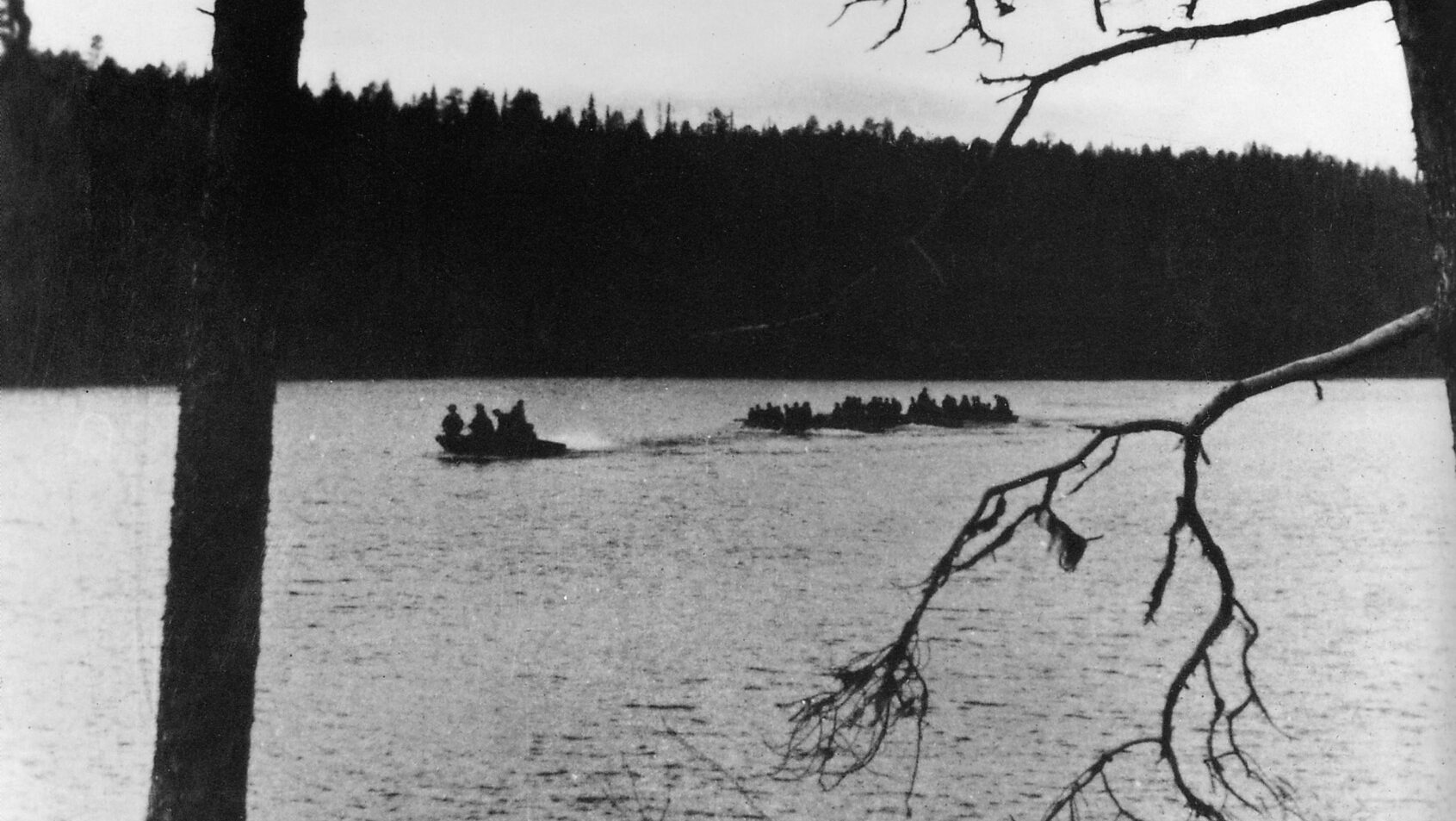
Having Seized the Bridge, the Brandenburgers Would Have to Hold it for at Least 15Long Minutes Against All the Surrounding Soviet Troops.
Typical of the actions of the first week was the capture of a key bridge within the Pripet marshes on June 27. The approach of a conventional armored column would lead the defenders to complete its demolition, so the requirement for stealth made it a special forces task. Setting out just before dawn on June 26, the detachment reached the panzer regiment to be supported only on the following day.
After an extremely arduous journey in captured Soviet trucks, the mission that was outlined was clearly going to be difficult and dangerous. Any sight of the armor would provoke the bridge’s demolition, and the regimental commander informed the Brandenburgers that he could not approach any closer than 15 minutes driving distance from the objective. It was, therefore, immediately apparent that having seized the bridge, the Brandenburgers would have to hold it for at least a quarter of an hour against all the surrounding Soviet troops.
Even more immediate was the question of reaching the bridge. A variation on the traditional deception was planned. The men would drive toward the bridge in two Soviet trucks. They would be wearing Red Army greatcoats and carrying Soviet rifles while concealing machine-pistols underneath. By driving out of the sunset at dusk, they planned to be silhouetted in the long shadows of a summer’s evening on the steppes, while German infantry patrols maintained pressure on the retreating troops milling towards the bridge.
Artillery and Stuka bombardment added to the confusion and panic to produce just the sort of chaos ideal for such a mission. The Brandenburgers would shout that they were being closely pursued by panzers. While one truck would cross the bridge, the second would appear to break down on the far bank, and the Brandenburgers would attempt to persuade the demolition guard to delay the destruction of the bridge until their comrades could cross. In the confusion, they would locate the demolition charges, and once the second truck had limped onto the bridge, throw off their greatcoats and seize the span intact.
The attack was to be heralded with a raid by Stukas, their sirens wailing to create terror among the defenders, and the deception was further improved by carefully following the trucks with artillery fire. Despite setting off at speed, the press of frightened bodies close to the bridge slowed the Brandenburgers’ approach to a crawl, and many of the fleeing Soviet soldiers tried to clamber aboard the trucks. As the first truck crossed the bridge and the second slowed to a halt, the Brandenburgers were ready to fight off the Soviets with their rifle butts.
The German leader managed to locate the demolition guard commander and engaged in a furious argument to prevent him from blowing the charges while commandos quickly sought to surreptitiously find and disconnect them. The second truck finally drew close to the bridge, and the German now threw off his coat and began shooting. He was soon killed, but a noncom had cut the wires from the detonator. Both groups were now in position at either end of the bridge and ready to defend it for 15 minutes.
Two hours later, the objective was finally secured with the arrival of the main body of the armor after fierce counterattacks by wave upon wave of desperate Soviets, supported by mortars and artillery. The armored column had run straight into trouble with a mechanical breakdown blocking the only approach route. Dense oak woods on either side prevented speedy evasion of the obstacle, and pioneers had to be brought forward to clear a path. The second panzer roared past but drove directly into artillery fire that once more blocked the way. Two more panzers were lost, and air support was unavailable while smoke laid to cover the advance was dispersed by unfavorable winds. Meanwhile, the Brandenburgers were close to disaster. Although they had held off the counterattacks against them, they had suffered heavy casualties and were almost out of ammunition.
With annihilation looming, a Stuka unit whose original mission had been aborted came to their rescue. As their bombs pinned the Soviets in their positions, the panzers moved up to the objective, and two of them broke through to cross the bridge. As the night wore on, more armor finally arrived to secure it.
Few among the line troops of the Wehrmacht were aware of what had happened as the Brandenburgers collected their dead and disappeared into the night. Once more, they had secured the advance that would drive deep into the heart of Soviet Russia. After these spectacular raids in the opening phases of the invasion, the Brandenburgers were used for further strikes against targets in the enemy’s rear and were employed extensively during the summer offensive of 1942, particularly in the Caucasus.
Meanwhile, in the spring of 1941, Canaris formed the Brandenburg Afrika Kompanie. It comprised 60 volunteers each with wide experience in Africa and selected for their personal resilience and as usual, their linguistic abilities. The unit’s intended role was as a reconnaissance unit to make short penetrations of the British front lines.
One spectacular journey was made to insert agents into Cairo by driving through some of the fiercest deserts in the area, across the Great Sand Sea that lies between Libya and Egypt. The commandos suffered intense hardship and accomplished the mission, only for British counter-intelligence to rapidly pick up the agents.
With the success of the Axis offensive in June 1942, however, plans were made to seize key bridges on the Nile and Suez Canal in traditional Brandenburger fashion. The failure to breach the main British defensive position and the subsequent defeat at El Alamein resulted instead in a headlong retreat by German forces as far as Tunisia. The Brandenburgers were entrusted with the task of disrupting British supply lines to First Army in western Tunisia and launched assaults by glider against two bridges, but the operation ended in disaster. On May 6, 1943, the specialists were ordered out of Africa although many were stranded due to lack of transportation and finished the war as prisoners.
The Brandenburgers’ most notable success in the Eastern Mediterranean came on the island of Leros. This was garrisoned by a brigade of British troops and about 5,500 Italians, now on the Allied side. The latter were extremely low-grade troops who could not be expected to offer much resistance. Heavy aerial bombardment was to be followed by a seaborne assault from two sides with a supporting parachute drop that would split the defenders.
A parachute company of Brandenburgers was attached to the 1st Battalion, 2nd Parachute Regiment, and these were dropped after a 12-hour delay at 1 pm on November 12, 1943. They dropped in the face of heavy antiaircraft fire on a tiny strip of ground between Gurna and Alinda bays. This would split the island’s defenses in two. However, the drop zone was barely half a mile wide and defended by the 2nd Battalion, Royal Irish Fusiliers. By dropping from 450 feet, the parachutists were quickly on the ground and hastily organized so that two companies could protect the position from the north and east, while the other two attacked Rachi Ridge.
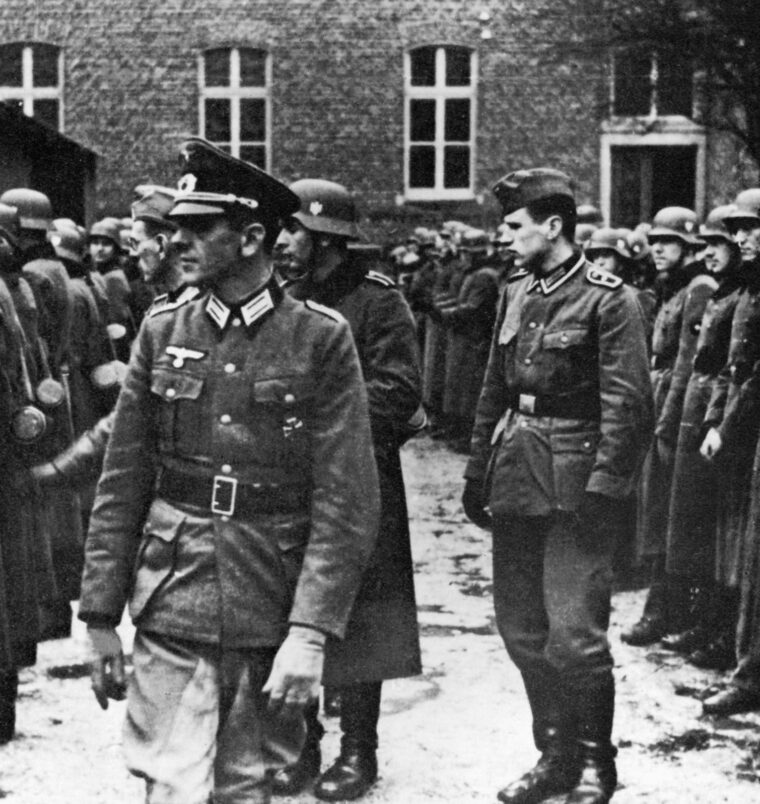
Intense Fire From Mortars and Machine Guns Held the Commandos Up, and all the Officers Were Either Killed or Wounded.
The Eastern task force had a difficult time, and the Brandenburgers’ Küstenjäger (coastal raider) detachments were unable to land because of heavy fire from Italian-manned coastal batteries. A concerted Stuka raid and smoke screens allowed them to get ashore, and they landed on the north side of Pandeli Bay while the convoy put in for Alinda Bay.
Despite losing one boat to gunfire, the Brandenburgers got to the cliffs and scaled them successfully to attack their objective, Mount Appetici. Close air support was called but accidentally struck the Germans before pulverising the defenses. Then an assault went in. Intense fire from mortars and machine guns held the commandos up, and all the officers were either killed or wounded. Another air strike was called, but once more it struck the Brandenburgers and they pulled back to regroup. A council of war resolved that while the main objective could not be taken, the Italian battery at Castle Hill could, and this was swiftly achieved with hand grenades.
For three days, the Küstenjägers held their captured positions. Throughout the nights, the British maintained artillery harassment, and several attempts to storm the German position were driven off. Both sides sent out patrols, and the Germans were only resupplied by air drops of water, ammunition, and mortars—a useful addition to their armament. Reinforcements were brought up to the ridge. The location of the British headquarters at Mount Meraviglia was known, and reinforcements were needed to complete its capture. This effort proceeded in the face of determined counterattacks by the British infantry who remained cut off from each other in the north and south of the island.
On the 14th and 15th, the British continued to attack the thin line held by the parachutists across the center of the island. The Küstenjägers held off an attack by three companies with mortar and machine-gun fire, and the British switched their efforts to Rachi Ridge and Mount Germano. Exhausted by constant Stuka attacks, they nevertheless managed to link up and retake Germano. If the British could wrest control of the village of St. Nicola from the Germans, then the German forces around Leros would be bottled up.
Vicious hand-to-hand fighting ensued, but the Germans had a numerical advantage and forced the British out of the sparse stone houses. With the operation entering its fourth day, the German command was afraid of losing momentum, and the 3rd Battalion of the Brandenburgers’ 1st Regiment was ordered to Leros. The battalion landed at 2 am on the 16th and captured the heights south of Leros town.
As dawn rose, the Brandenburgers looked upon their next objective, Mount Meraviglia and the British headquarters. Despite fearsome losses, they pushed on across bare, rock-strewn slopes, overrunning the antiaircraft and field defenses and engaging in further hand-to-hand action against the stubborn defenders. By 3 pm, it was over, although the 3rd Battalion’s commanding officer was among the seriously wounded. A patrol linked up with the Küstenjägers on Castle Hill for the final assault on the British headquarters, and the British commander surrendered to these Brandenburgers.
In October 1942, the Brandenburgers had expanded to divisional strength, but increasingly, as German advances were brought to a stop and partisans began to operate in the rear areas, the Brandenburgers were engaged in trying to subdue the resistance. The Germans had occupied a large area of Soviet territory, and within it the partisans flourished. They constantly attacked the supply lines of the Wehrmacht, using hit-and-run tactics and taking advantage of the cover of the forests and marshes.
By the beginning of 1943, the threat was serious. Regular troops could defend key points and installations, but chasing the partisans into their strongholds and destroying them seemed an obvious task for the Brandenburgers, trained as they were in irregular warfare. The ranks of the commandos had been swelled by citizens from occupied territories disaffected with their own political situations. A notable band of Ukrainians, the Nightingale Group, had played an important role in the initial invasion of the Soviet Union by seizing the town of Przemysl and the bridge over the San river. Eventually, each Brandenburg battalion had a company of “Eastern Vounteers” attached to it. But it proved to be an error to use the Brandenburgers in a counter-insurgency role, despite their apparent qualifications.
The commandos had been formed for offensive tasks, and while their skills enabled them to score some spectacular successes, time became wasted on incessant patrolling. Morale plummeted, and the Brandenburgers could achieve no more than containment at best. Heavy losses and political maneuvering destroyed their cohesion, and many of them left to join a commando unit formed by Ss Colonel Otto Skorzeny in the Waffen SS.
Skorzeny later employed many of the techniques used so effectively in the early part of the war during the ill-fated Ardennes offensive in 1944. With the Eastern Front crumbling, so the need for anti-partisan warfare receded. In the summer of 1944, the Brandenburgers were deployed conventionally. Later in the year, the formation was disbanded and reformed within the GrossDeutschland Division. Few of its men survived the final bitter conclusion of the war.
Author and historical researcher Jon Latimer writes from his home in Wales, United Kingdom.
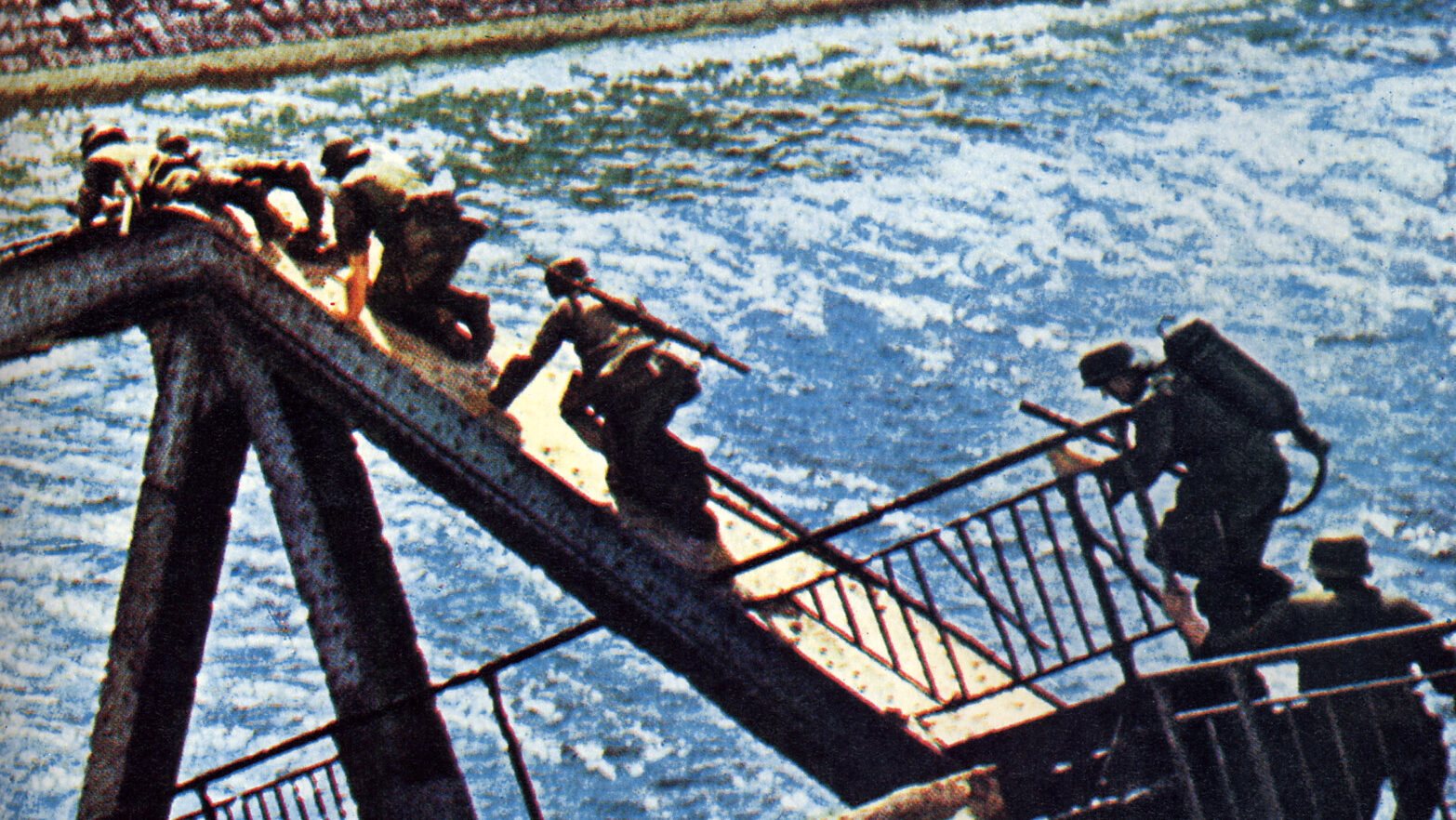
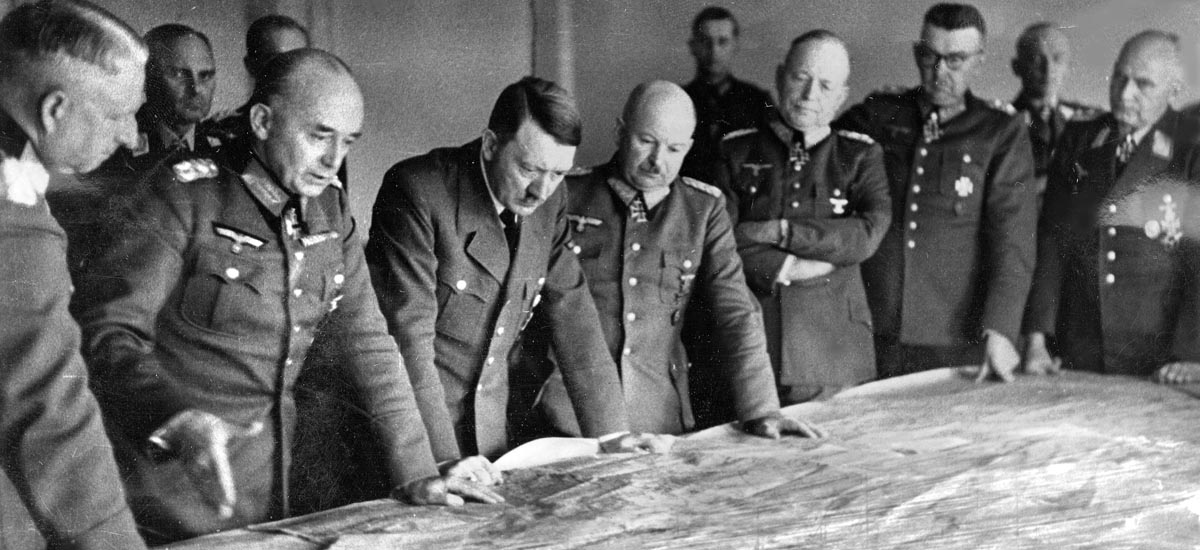

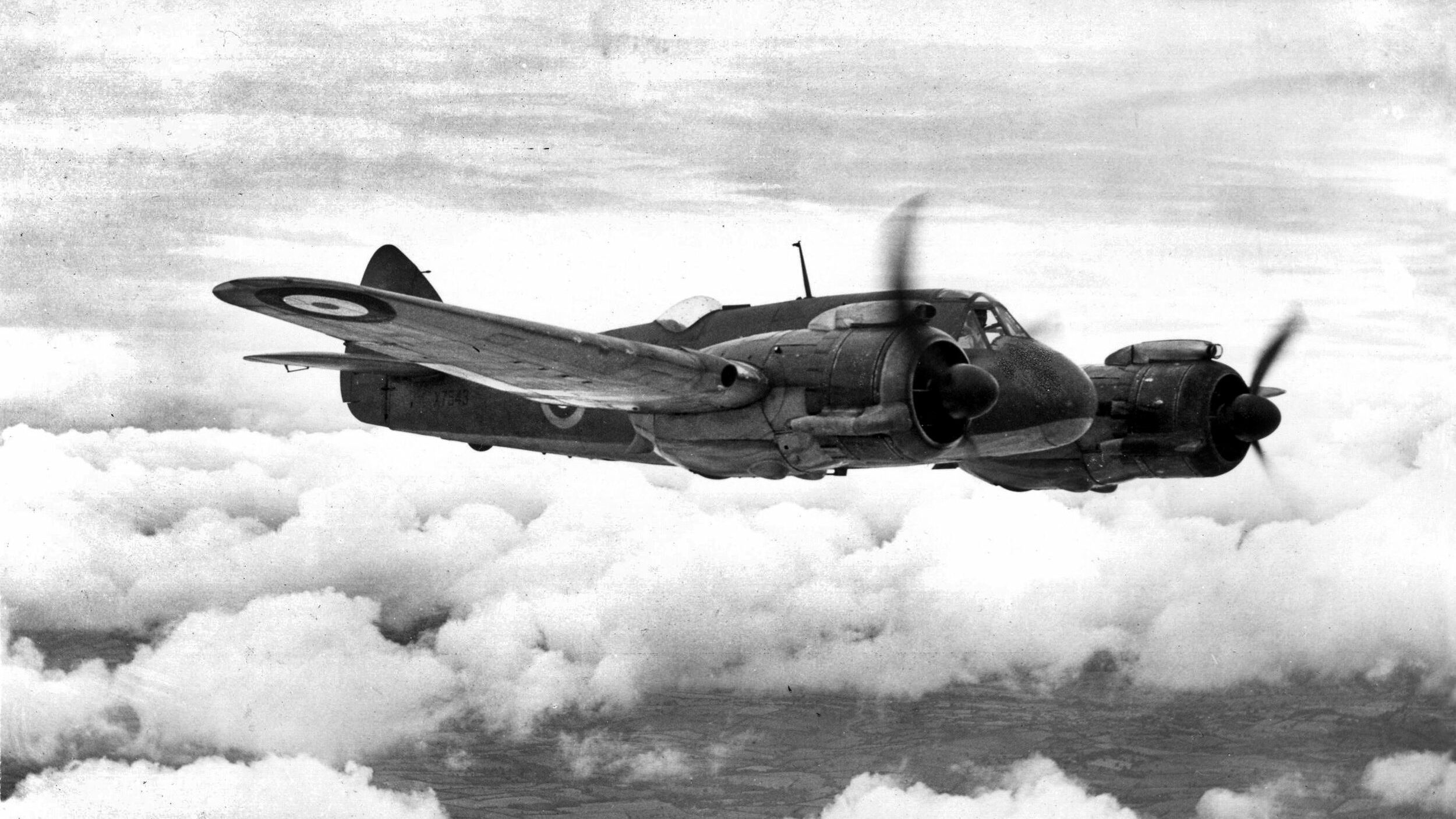
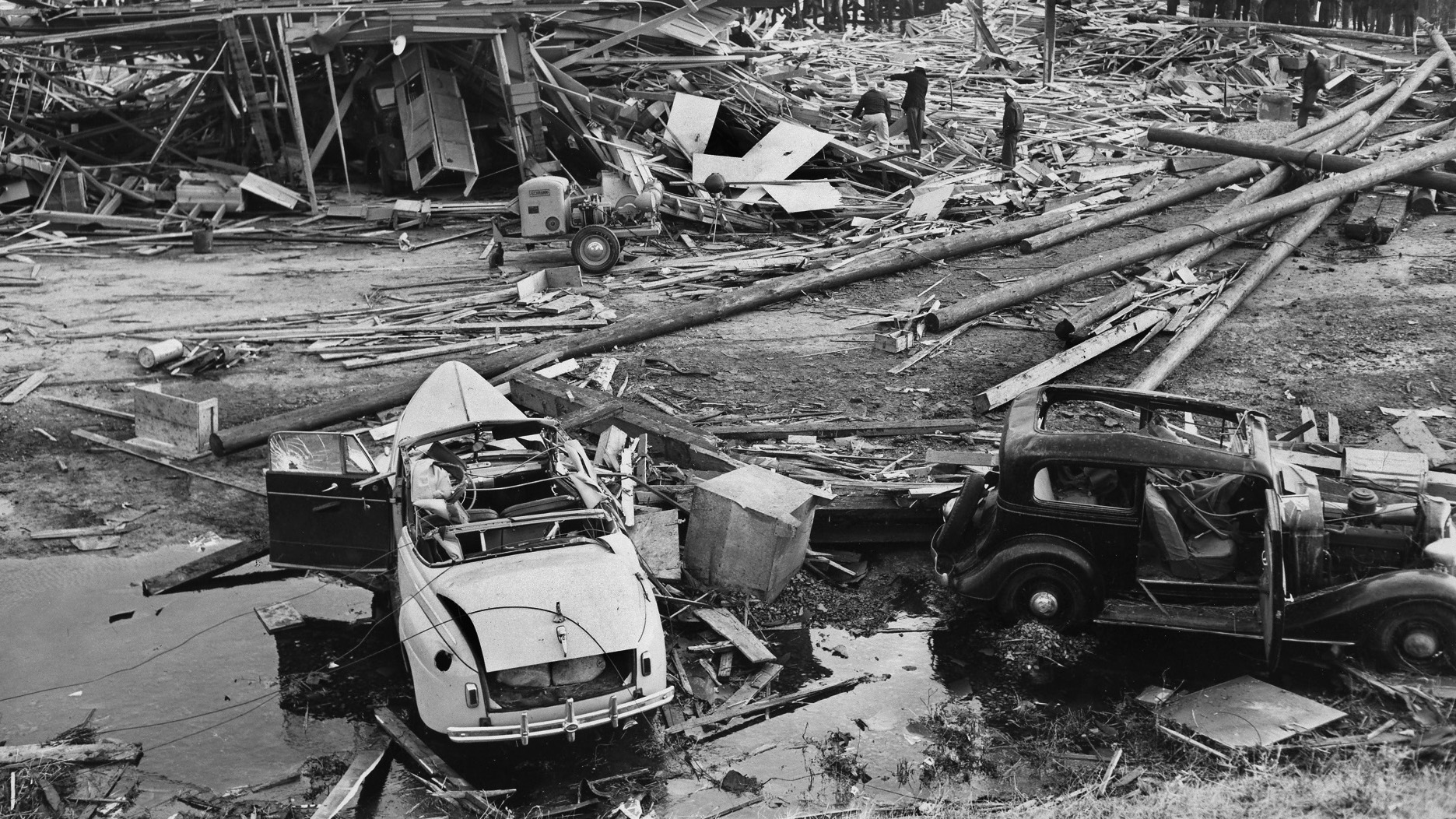
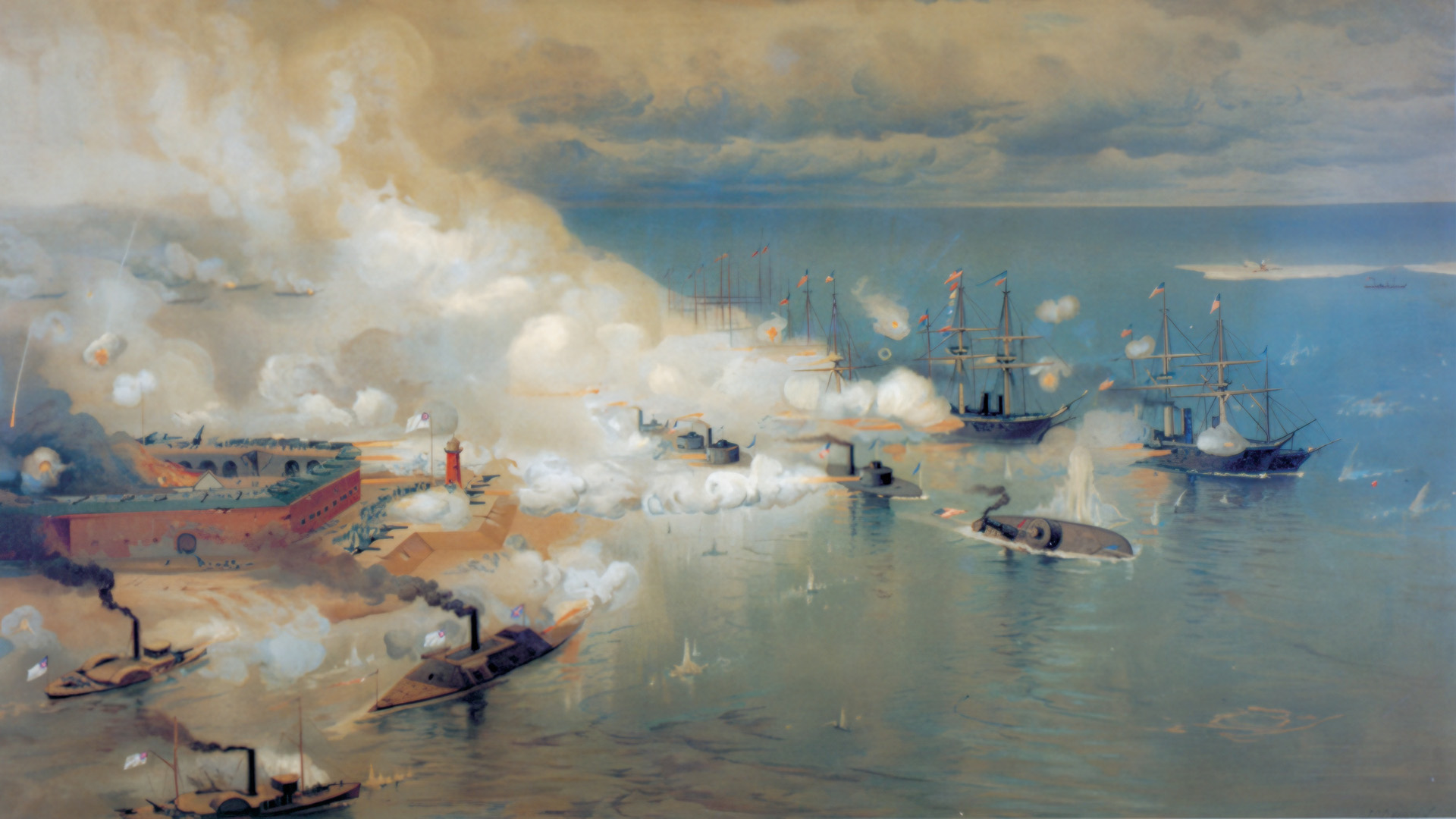
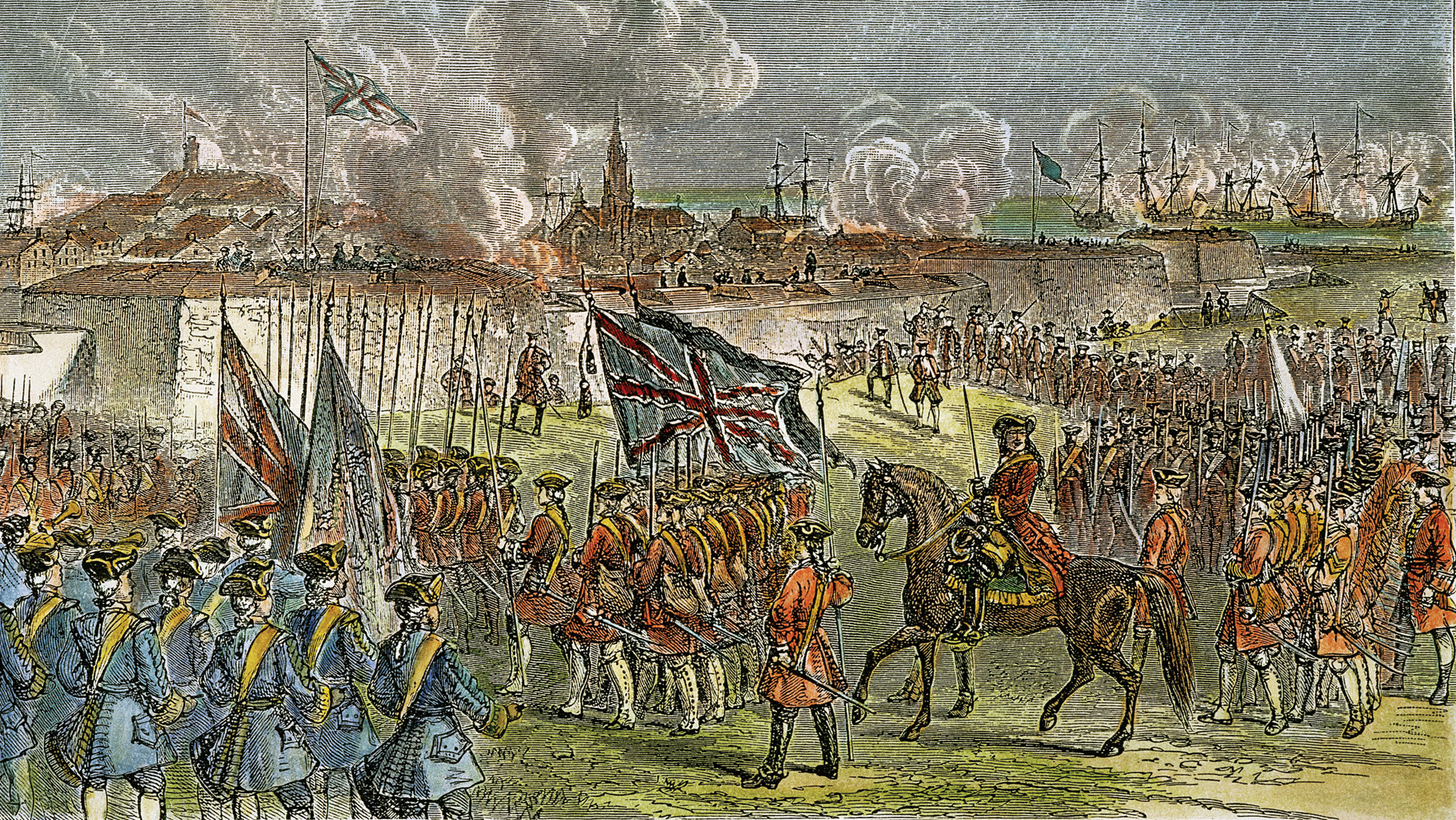
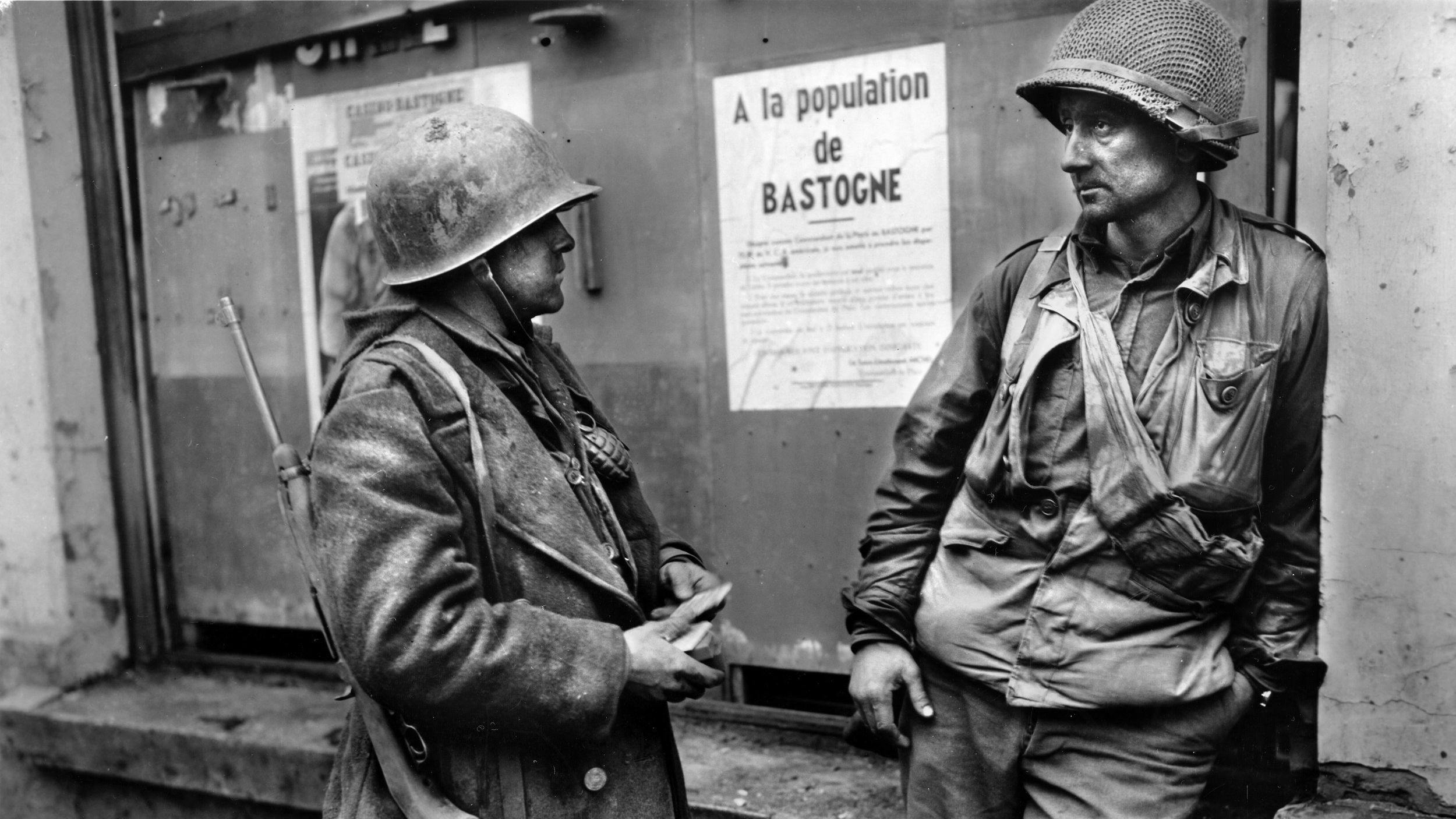
Join The Conversation
Comments
View All Comments